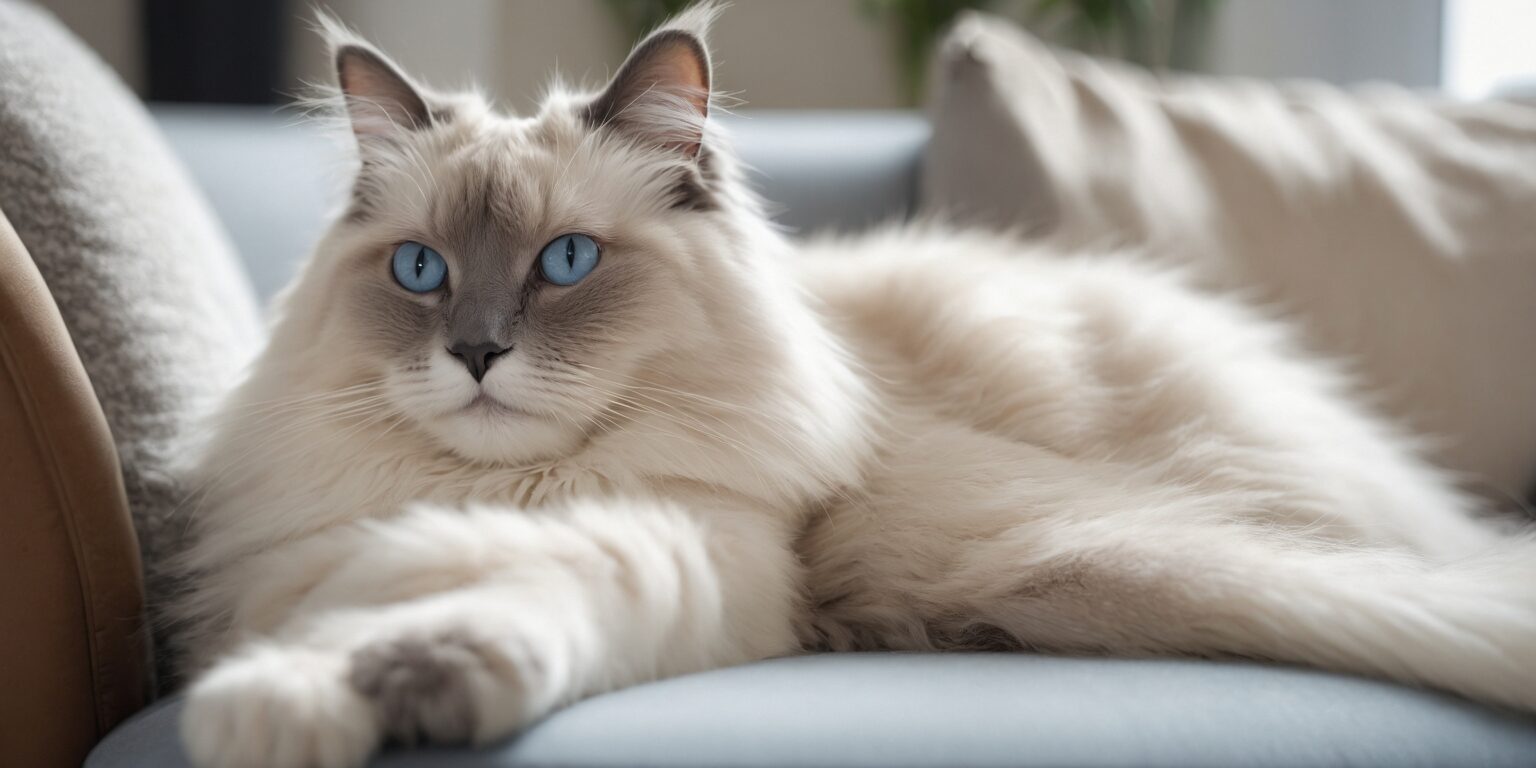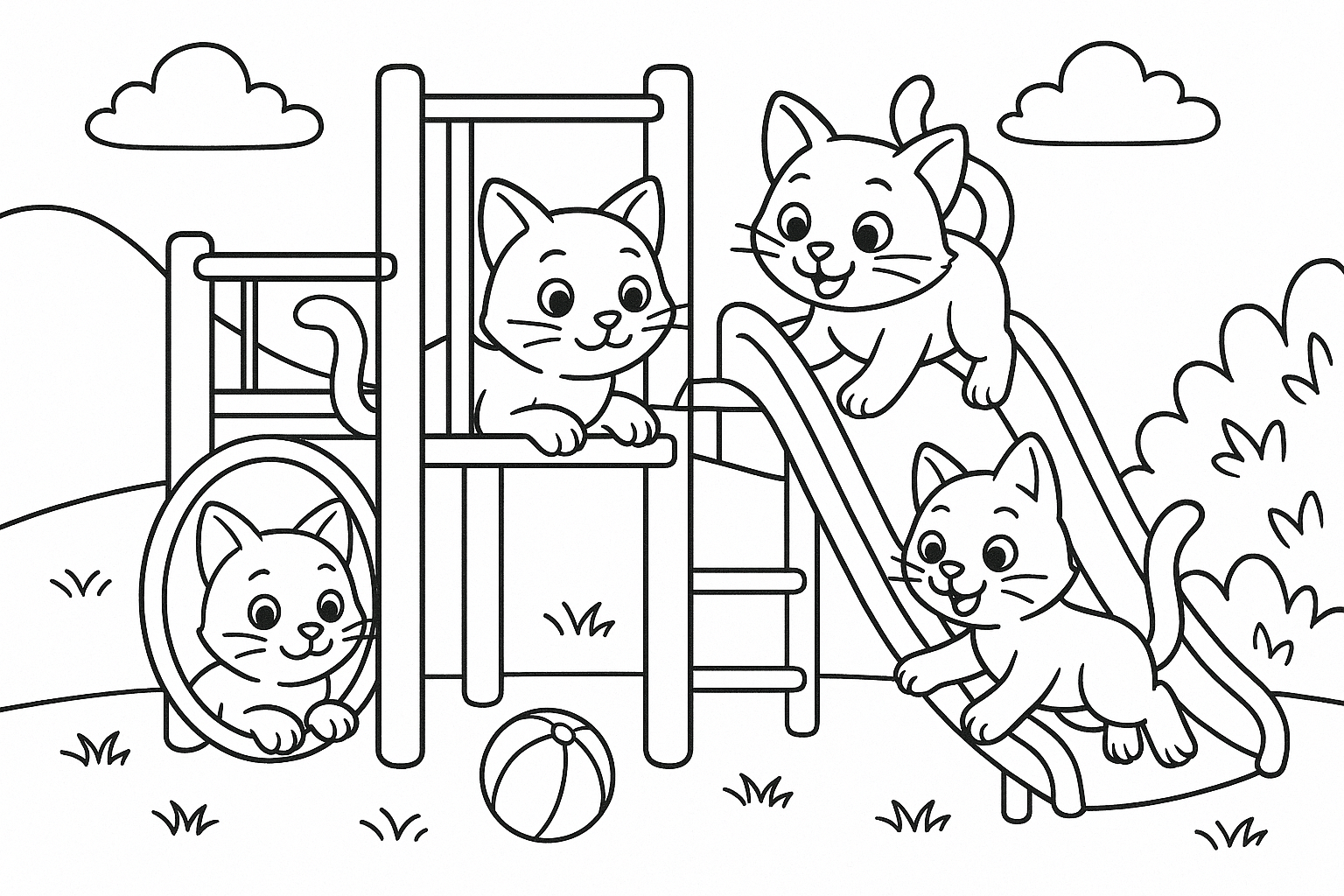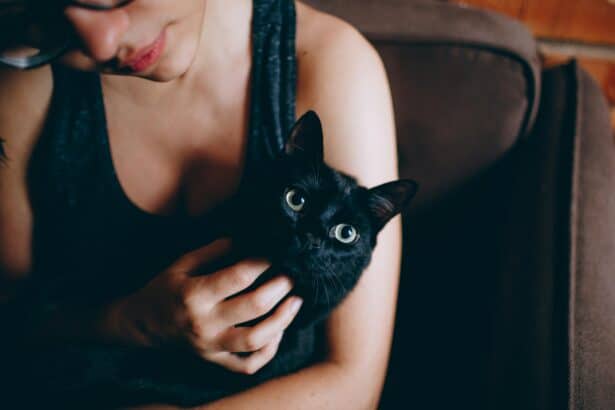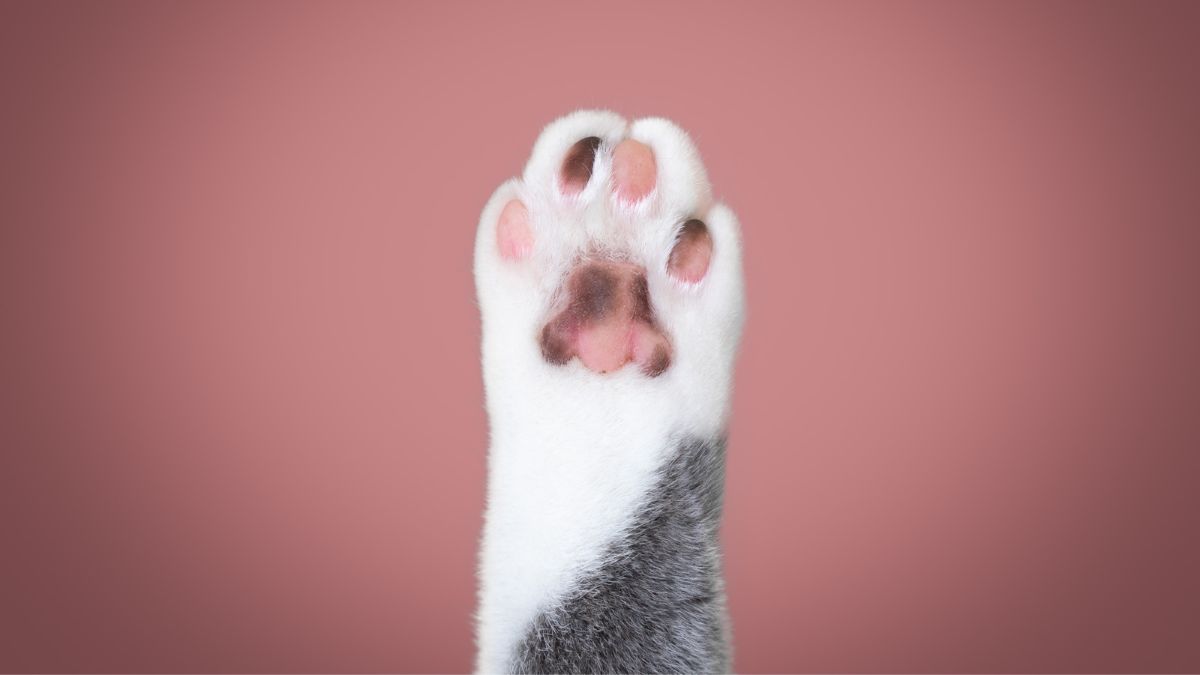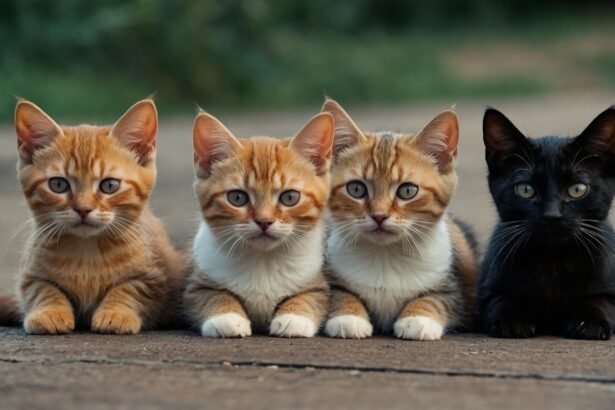Meet the Ragdoll Cat: A gentle giant with a silky heart
Looking for a feline who melts in your arms and steals your heart with one slow blink? Say hello to the Ragdoll cat. This large, velvety sweetheart is famous for a calm temperament, dreamy blue eyes, and that irresistible tendency to go limp when you scoop them up. Ready to meet the ultimate cuddle companion?
- Meet the Ragdoll Cat: A gentle giant with a silky heart
- Physical traits: what makes a Ragdoll unmistakable
- Personality: the velcro-cat you’ll adore
- Everyday care: simple routines that keep them glowing
- Health essentials: what to know and watch
- Living with a Ragdoll: cozy, chic, and very cuddly
- Conclusion: a heart-on-paws companion
- FAQ
Fun fact to start: Ragdoll kittens are born white and develop their color over time. Their pattern appears as they grow, influenced by temperature—cooler areas get darker. Magic, right?
Physical traits: what makes a Ragdoll unmistakable
Size and build
Ragdolls are among the largest domestic cats. Males often reach 5.9–9.1 kg, females 4.5–6.8 kg, with full maturity around 3–4 years. Expect a sturdy frame, broad chest, and plush feather-duster tail that swishes like a runway scarf.
Coat, patterns, and those dreamy eyes
They wear a semi-long, silky coat that’s surprisingly low-tangle. Classic colors include seal, chocolate, blue, and lilac. Patterns? Colorpoint, mitted, and bicolor are the stars. And yes, those eyes are usually a striking blue—one gaze and you’re smitten.
If calm cats are your love language, you’ll adore exploring the calmest cat breeds that share Ragdoll-level zen.
Personality: the velcro-cat you’ll adore
Temperament you can live with
Forget the aloof cat stereotype. Ragdolls are people-oriented and quietly affectionate. They follow you room to room, nap nearby, and settle into routines like pros. They’re peaceful with kids and often tolerant of other pets.
Are Ragdolls lap cats?
Often, yes—though every cat has limits. They love gentle handling, predictable rituals, and soft-spoken humans. Think cozy evenings, not chaotic wrestling matches.
Curious why that purr gets louder during cuddle time? Discover why cats purr and what they’re whispering with those vibrations.
Everyday care: simple routines that keep them glowing
Diet and healthy weight
Choose a high-quality, protein-forward diet to support a large, slow-maturing body. Ragdolls can be laid-back about exercise, so portion control matters. Add 10–15 minutes of daily play with a wand toy or laser to keep joints happy and minds engaged.
Common mistake to avoid: free-feeding a Ragdoll. Because they’re easygoing and not always active, nibbling all day can quietly add kilos. Scheduled meals help prevent weight gain and support heart and joint health.
Grooming that feels like spa day
Despite their length, Ragdoll coats are silky and tend to mat less than fluffier breeds. Brush 1–2 times a week, focusing on armpits, behind the ears, and the pantaloons. During shedding season, add a gentle de-shedding tool.
Want a fuller routine that stays stress-free? Pop over to our complete cat grooming guide for brush picks and step-by-step tips.
Litter box, toys, and home setup
- Upgrade the litter box size: a roomy, low-sided box is kinder to big frames.
- Offer vertical spaces: shelves or a sturdy cat tree help them survey their kingdom.
- Rotate toys: wand toys, food puzzles, and kickers keep play fresh without chaos.
Need a tree that won’t wobble under a big cat? Check out the best cat trees for stability and comfort.
Health essentials: what to know and watch
Ragdolls are generally healthy, but like many breeds, they can be predisposed to hypertrophic cardiomyopathy (HCM). Regular vet check-ups and weight management are your best friends here. Keep nails trimmed, ears checked, and teeth cleaned.
Astute tip: Use a weekly “spa basket”: brush, nail clipper, dental gel, and treats. Keep it near the sofa and do mini-sessions during TV time. Two minutes here and there beat a stressful marathon.
For a broader look at beloved breeds in France, peek at France’s favorite cats and see where your fluffy friend ranks.
Living with a Ragdoll: cozy, chic, and very cuddly
Are Ragdolls indoor cats?
They thrive indoors where their calm nature and trusting personality are safest. A bright window perch, interactive play, and regular company make for one content cat.
Not hypoallergenic—here’s why
That beautiful coat doesn’t equal allergen-free. Allergies are usually triggered by saliva and skin proteins, not just fur. Frequent grooming and HEPA filtration can help, but there’s no true “hypoallergenic” guarantee.
Welcoming a fluffball soon? Our gentle guide to introducing a new kitten helps keep first meetings smooth and tear-free.
Conclusion: a heart-on-paws companion
If you dream of a gentle, loyal cat with movie-star looks, the Ragdoll delivers. With simple grooming, mindful feeding, and lots of affection, you’ll enjoy a calm, loving presence at your side for years.
Want to compare breeds before choosing? Browse our ultimate guide to cat breeds for temperament, care, and lifestyle fits.
FAQ
How long do Ragdoll cats live?
Many live 12–15 years, with some reaching beyond with good vet care, a healthy weight, and an indoor lifestyle.
Do Ragdolls shed a lot?
They shed moderately. Weekly brushing usually keeps things tidy, with extra sessions during seasonal molting.
Are Ragdolls good with kids and other pets?
Yes. Their gentle, tolerant nature suits families. Supervise young children to ensure soft voices and gentle hands.
Do Ragdolls need special equipment?
A larger litter box, solid cat tree, and long wand toy work wonders for their size and play style. Food puzzles are a bonus for a calm, clever mind.


